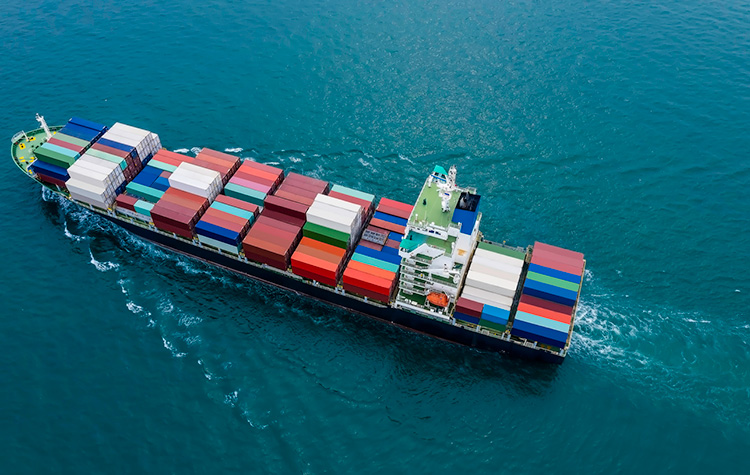Alaska may be the largest state in the United States, but it has one of the smallest agricultural industries because of its remote location, challenging climate conditions, and short growing season. With limited crop yield, 95% of its food is imported from outside the state. What role does a small agricultural industry in Alaska have in providing food security for its residents, and what does the future look like for the industry?
Unlike much of the rest of the United States, instead of locally grown goods, shipments of food (perishable and shelf-stable) arrive by sea, land, and air. Many residents of the lower U.S. may be surprised to learn how much arrives by cargo ships from other countries. This reliance on imported goods is one of the reasons the U.S. Department of Agriculture says Alaska is one of the most food-insecure states in the nation.
What is Food Security?
Food security means having regular access to affordable, nutritious foods near your home without fear of hunger. The USDA estimates that 1 in 8 Alaskans struggle with hunger. In rural areas and native communities, that number is even higher, partly due to the distance from stores but also because 95% of Alaska's food supply comes from somewhere besides Alaska. Having imported food increases prices due to added transportation costs. Foods are often shelf-stable because fresh food is harder to keep viable when the supply chain is long before reaching the customer.
According to the Food Bank of Alaska, the face of hunger is changing, too. Children experiencing food insecurity are over 30% of whom they serve. Many others in need tend to be underemployed, disabled, or retired. Add in rising food costs, and what was once an emergency situation is now a chronic need.
What Grows in Alaska?
In 2020, Alaska produced an estimated $450 million in agricultural products. This may not seem like much compared to other states. Still, it significantly contributes to Alaska's economy and food security. Here is a look at some of the food produced, both indoors in greenhouses and vertical farms and outdoors in Alaska:
- Fruits and vegetables, including potatoes, carrots, kale, microgreens, lettuce, berries, and apples.
- Grains, such as barley and oats.
- Livestock, such as cattle, sheep, and reindeer. They also produce dairy products, such as milk and cheese.
In addition to producing food, the agriculture industry in Alaska also creates jobs and supports the state's economy.
Future of Agriculture in Alaska
The state has agricultural growth potential and a growing interest in local food. The state government is also investing in agriculture, and several programs and initiatives are in place to support farmers and ranchers in growing more quality food in the state. With less reliance on imported food, Alaskans should see lower costs and improved food security.
How Can You Help?
Increasing agricultural production is a step toward easing food insecurity in Alaska. But residents are unfortunately experiencing hunger right now, through the holiday season/winter months, and need support. Here’s how you can help.
- Donate Food
- Volunteer Your Time
- Donate Money
Food Bank of Alaska - Over 150 partner agencies working to end hunger. Get additional info for these agency locations around Alaska and donate or volunteer today.
Need help transporting goods to rural and remote Alaska? Contact us to inquire about shipping your freight or get a quote.






